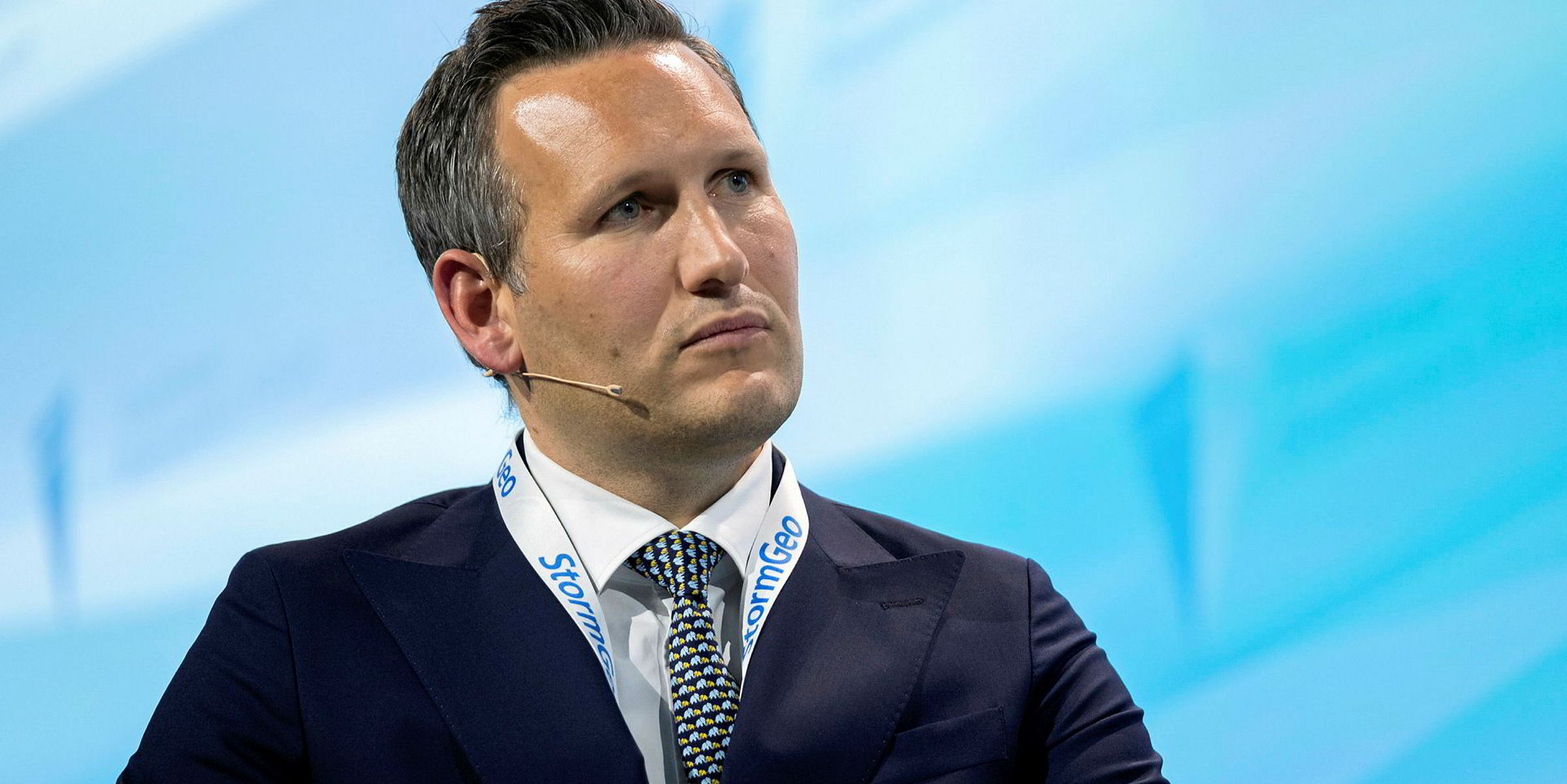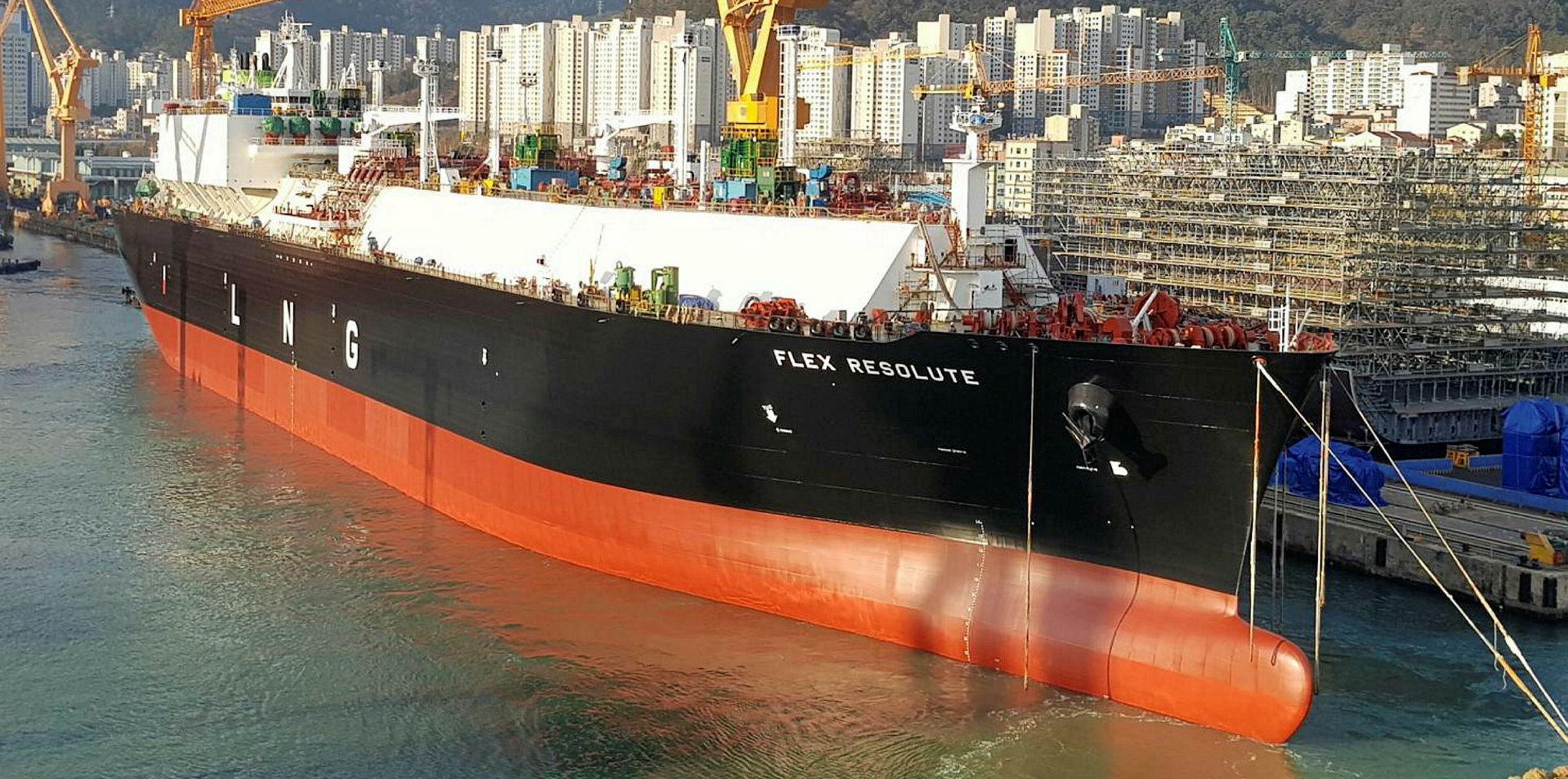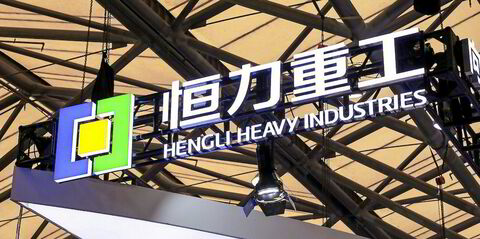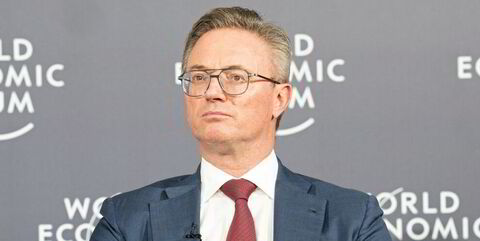Charter rates for LNG carriers and market sentiment is rising, according to Flex LNG.
Company chief executive Oystein Kalleklev said headline rates for modern two stroke LNG tonnage fell from $55,000 per day to $60,000 per day in March to daily levels of $35,000 to $40,000 where they have remained until early August.
He said the biggest change in the second quarter was on ballast bonus sentiment with many voyages were being done on one-way economics.
“During August headline rates have recovered to the $60,000 level with sentiment turning bullish,” Kalleklev said. “Ballast bonus conditions are where we see the sharpest change in sentiment,” he added with the improvements moving towards better economics for owners.
Flex expects rates to pick up seasonally and firm into the winter period.
But the CEO said the arbitrage economics most likely will not be sufficient to support the “blow out in rates” seen in last two years.
LNG floating storage has been volatile in 2020, reflecting weak demand but this has now normalised on the back of recovering gas prices, Kalleklev noted.
He said Flex expects floating storage to start rising and is sticking by its first quarter forecast that it could be “massive” later this year — potentially higher than the 35 ships seen in the last two years — as the peak consumption months approach.
The Flex chief added that the market may also see European cargo reloads moving to Asia if prices rises.
Kalleklev said markets are becoming more normalised with a big rally seen in gas prices which is driving up freight rates.
The company expects LNG cargo cancellations for 2020 to stack up at 270, of which 200 will be for US shipments.
Flex had been expecting 25 million tonnes of increased LNG exports for 2020. But in the last few weeks the company has revised its LNG growth levels for 2020 from 10 million tonnes to 6 mt.
Kalleklev said projecting 2021 LNG exports is more difficult and will be dependent on the weather and economic recovery.
Reviewing the year to date, he said it has been a “very challenging market environment”.
He flagged up crew rotations as proving “exceptionally difficult” during the period
Kalleklev said Flex has put in place $920m of long-term financing for its remaining seven newbuildings, the most recent of which, the 173,400-cbm Flex Artemis, delivered this week onto a long-term charter to trader Gunvor.
He said 98% of Flex’s remaining capital expenditure is covered by long term debt. The remaining amount can be "easily financed" by cash in hand which stood at $116m at the end of the second quarter, he added.
“We also believe we will be starting to generate positive cash flow again in the fourth quarter which we could utilise for this purpose,” he said.
Kalleklev asked for “some patience” from shareholders on Flex's suspended dividend payments, saying that given current world economic position and state of LNG market in last two quarters it is in their best interests that the company tries to preserve cash.





